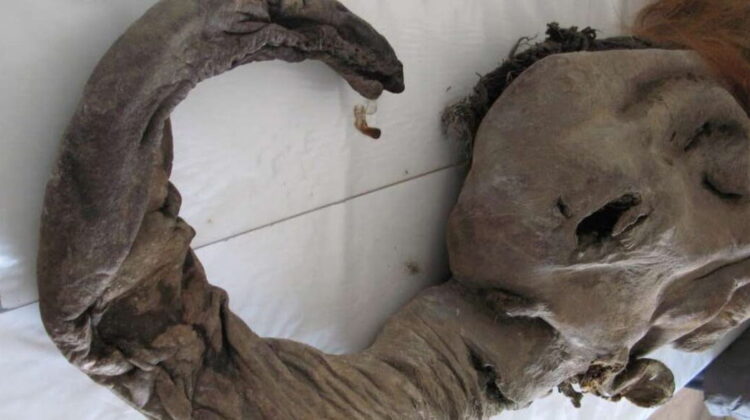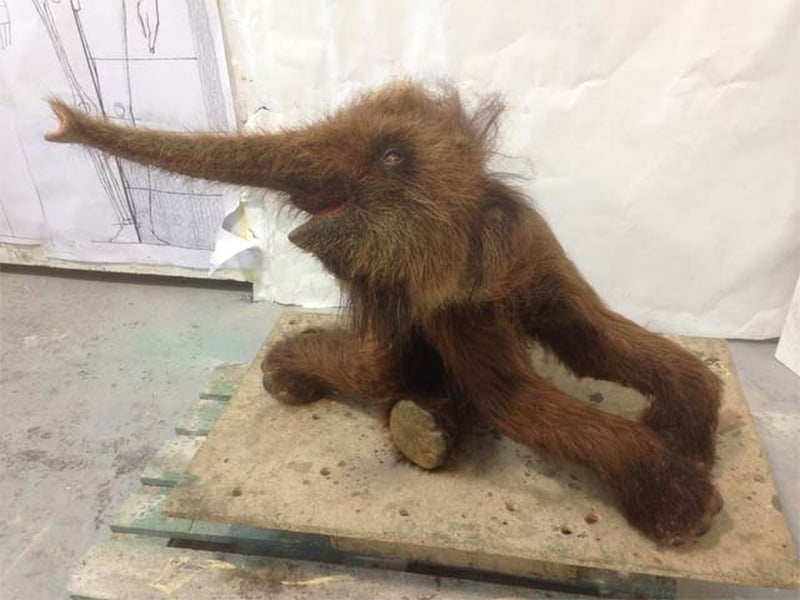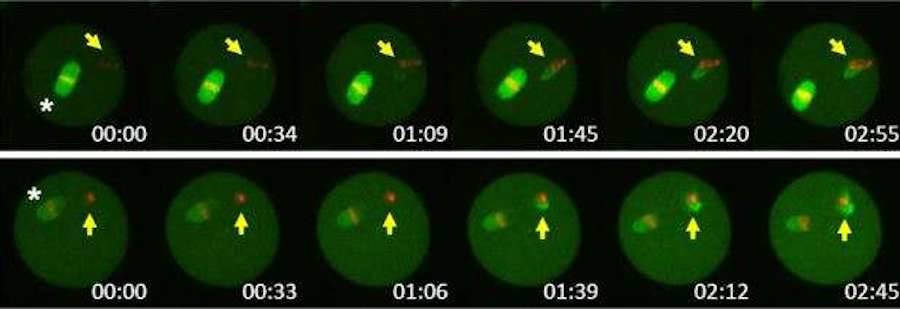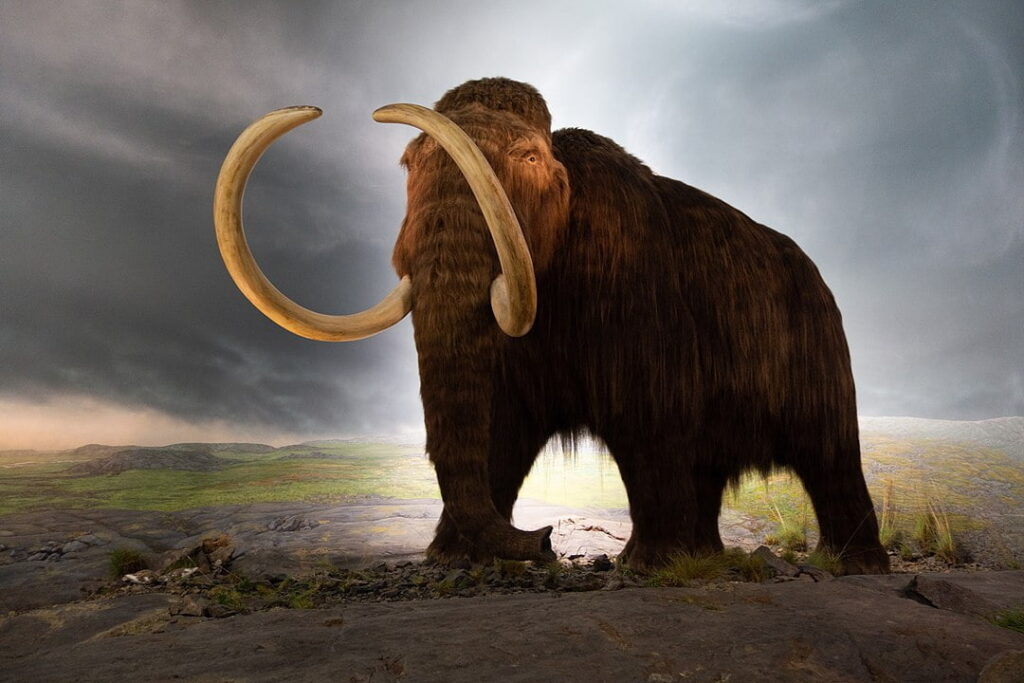
In 2011, a young woolly mammoth was excavated from Siberian permafrost. With the species having been extinct for about 4,000 years, finding such a relatively intact specimen was significant, particularly since it was 28,000 years old.
Scientists have been eager to learn whether the uncovered mammoth’s biological materials are still viable millennia later. Now, researchers at Japan’s Kindai University have discovered that its DNA is partially intact – and they appear to be well on their way to reintroducing this massive prehistoric mammal into the living world.
If they are successful, it may look something like this (at first).

In any case, the scientists at the university were able to extract nuclei from mammoth cells and transplant them into mouse oocytes – cells found in ovaries capable of forming an egg cell after genetic division.
Following that, the cells from the 28,000-year-old specimen began to exhibit “signs of biological activity.”

“This suggests that, despite the passage of time, cell activity can still occur and parts of it can be recreated,” said study author Kei Miyamoto of Kindai University’s Department of Genetic Engineering.
Five of the cells even demonstrated highly unexpected and promising results, namely signs of activity that normally occur only immediately prior to cell division.

It wasn’t easy to determine whether the mammoth DNA could still function. The researchers started by extracting bone marrow and muscle tissue from the animal’s leg. These were then examined for the presence of undamaged nucleus-like structures, which were extracted once discovered.
After combining these nuclei cells with mouse oocytes, mouse proteins were added, revealing that some of the mammoth cells are perfectly capable of nuclear reconstitution. Finally, it was suggested that even 28,000-year-old mammoth remains could contain active nuclei.
That is to say, resurrecting a specimen like this one is entirely feasible.

While Miyamoto admits that “we are very far from recreating a mammoth,” many researchers working on gene editing believe that success is just around the corner. Recent efforts, arguably the most promising of late, have used the controversial CRISPR gene editing tool.
But is it really necessary to resurrect a long-extinct species?

Leave a Reply